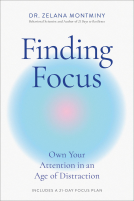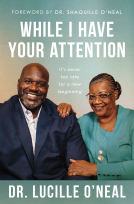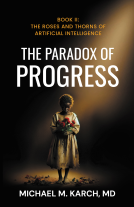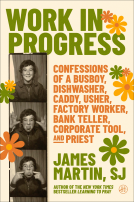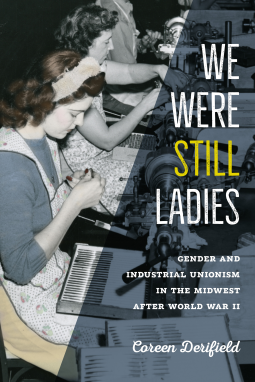
We Were Still Ladies
Gender and Industrial Unionism in the Midwest after World War II
by Coreen Derifield
This title was previously available on NetGalley and is now archived.
Send NetGalley books directly to your Kindle or Kindle app
1
To read on a Kindle or Kindle app, please add kindle@netgalley.com as an approved email address to receive files in your Amazon account. Click here for step-by-step instructions.
2
Also find your Kindle email address within your Amazon account, and enter it here.
Pub Date Jul 08 2025 | Archive Date Jul 08 2025
University of Iowa Press | University Of Iowa Press
Talking about this book? Use #WeWereStillLadies #NetGalley. More hashtag tips!
Description
SCHOLARLY / MIDWEST / AMERICAN HISTORY
Following World War II, women living in small towns and on farms across the Midwest woke every morning, packed their lunches, and headed out for a long day of work in a nearby factory. Many of these women never envisioned themselves as industrial workers, but the political and economic changes after World War II offered new opportunities and experiences for hundreds of women.
How did this transition into industrial work affect a woman’s sense of self? How did this new workforce change the dynamic of families and communities? While women choosing to work outside of the home may seem to have been a mundane decision, it caused tremendous change within families and with household roles. These alterations in daily life rippled throughout midwestern culture and society, even changing the landscape of small towns into decentralized industrial centers.
Available Editions
| EDITION | Other Format |
| ISBN | 9781609389710 |
| PRICE | $75.00 (USD) |
| PAGES | 264 |
Links
Available on NetGalley
Average rating from 8 members
Readers who liked this book also liked:
Scott Michael LeRette
Biographies & Memoirs, Christian, Parenting, Families, Relationships
Jeff Fulmer
General Fiction (Adult), Politics & Current Affairs, Religion & Spirituality
Michael M. Karch, MD
Computers & Technology, Nonfiction (Adult), Professional & Technical


